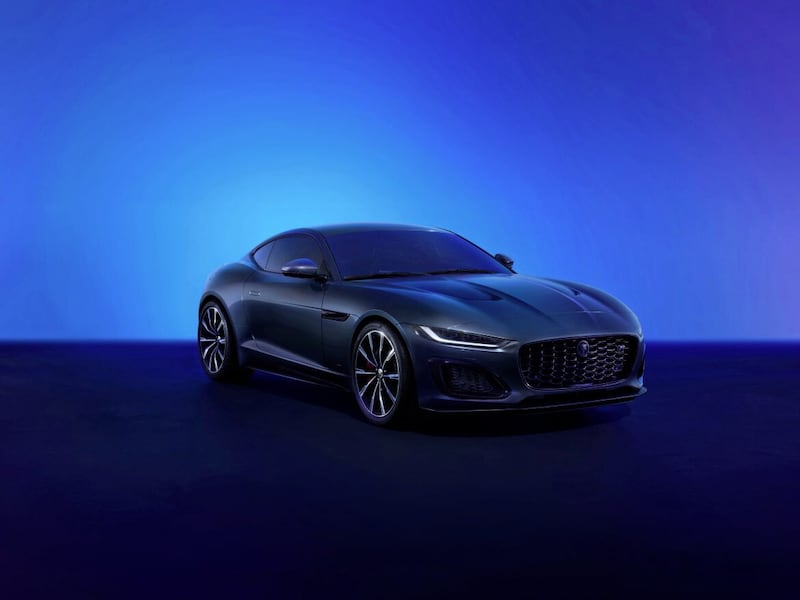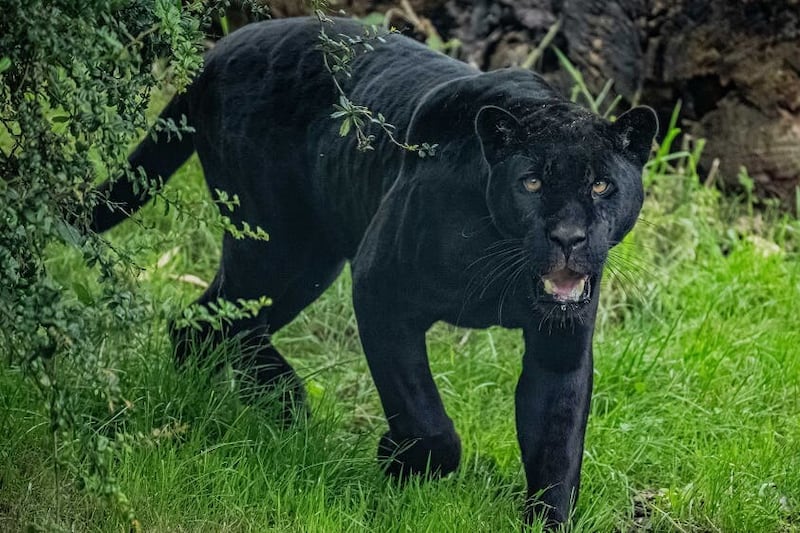SPORTS cars are an increasingly endangered species, with global sales falling by a third in the past seven years, from 570,000 units to 375,000 units, writes William Scholes.
The trend looks set to continue, too, and it probably won't be long before David Attenborough makes a documentary about the last days of the two-seater coupe and roadster.
As with everything else in the motor industry these days, the shift from internal combustion engines to battery power is part of the reason for the slide in sports car sales. But more significant by far is the general trend towards SUVs, as well as the fact that the vastly important Chinese market simply has no interest in low-slung sports cars.
According to industry analysts Jato Dynamics, a mere 18,000 sports cars were sold in China last year - a negligible number in a market which in the same time shifted 9.7 million SUVs and 8.4 million saloons.
The United States is by far the world's largest sports car market, with almost 220,000 bought in 2021. For context, in Germany, the nation with the second largest appetite for sports cars last year, just under 28,000 coupes and convertibles found homes.
You can see this shift in the model line-ups of marques which built their reputations as sports car makers. Porsche's biggest sellers by far are the Cayenne and Macan SUVs. Even Ferrari has an SUV - though it strenuously resists the label - on the way.
There will, I hope, always be a place for the sports car - the world would be a poorer place without the Mazda MX-5 - and it will be fascinating to see how a style of car that traditionally prioritises low weight, agility and feel will develop in the electric era. EVs are many things, including often being blindingly fast, but lightness and tactility are not typical attributes.
This line of thought was prompted by the news yesterday that Jaguar's charismatic F-Type sports car is being primped and preened for a last hurrah.
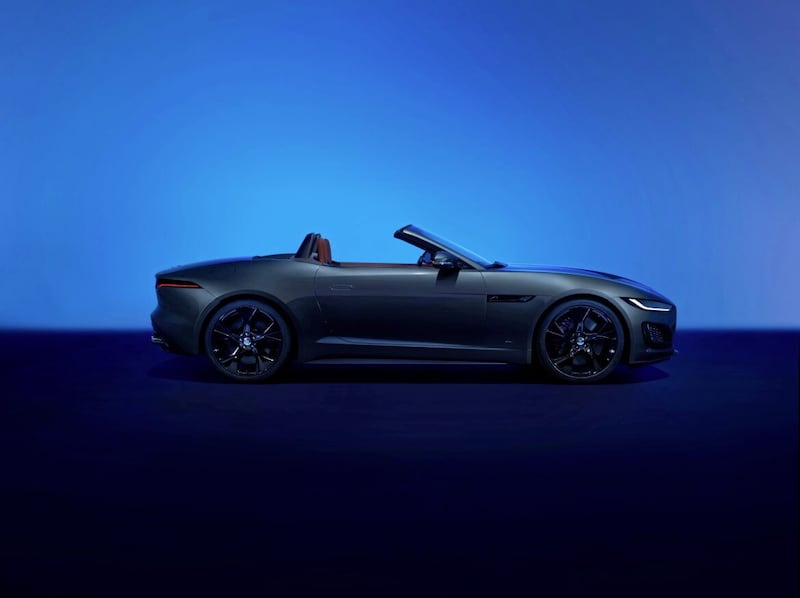
Although it later became synonymous with sporting luxury saloons like the Mark 2 and the XJ, Jaguar's reputation was forged on the track with racers like the C-Type and D-Type and on the road with sports cars like the XK120 and, of course, the legendary E-Type.
The XJ-S that arrived in 1975 was more of a boulevardier than a raw sports car, and after several false dawns it wasn't until 2013 that a Jaguar appeared that was deemed worthy of carrying on the alphabetical sequence that had abruptly ended when the E-Type went out of production in 1974.
The F-Type didn't make anything like the impact that the extraordinary E-Type had made when it appeared, like a vision of the future, in 1961 with its gorgeous styling, 150mph top speed and effortless cool. But then again, what other automobile could?
Still, the F-Type is an exceedingly handsome car, an effectively muscular 21st century interpretation of the softer E-Type. The coupe looks better than the soft top, at least to my eyes. A design refresh a few years ago tweaked the front end, though it's debatable if it improved on the original. I think not, though it's still a car that makes an unquestionable impact, perhaps enhanced by not being as ubiquitous as a Porsche.
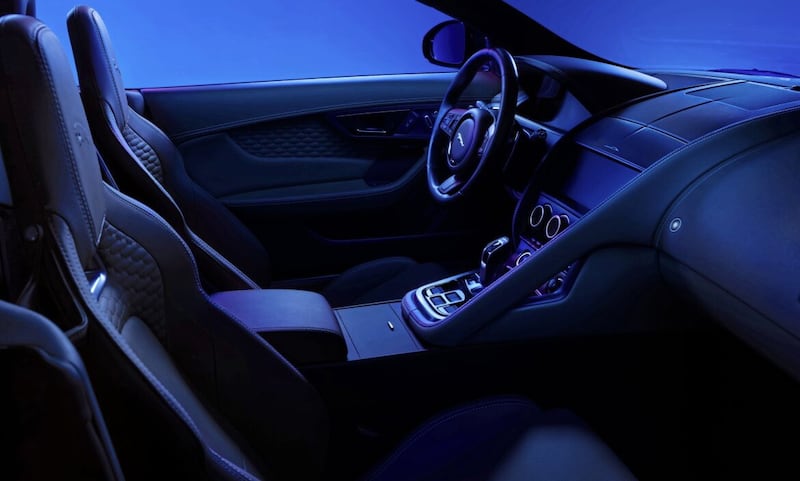
For a car with a relatively large footprint - it feels like about two-and-a-half times the size of a Mazda MX-5, a car which has essentially been shrink-wrapped around its mechanical components - the F-Type feels surprisingly cramped inside.
The boot on the convertible is laughably small, a letterbox affair that can apparently hold 200 litres; the coupe's luggage space is about twice the size, with Jaguar confident enough to say it can hold two sets of golf clubs (though not necessarily with their golf bags, I imagine…).
Anyway, if you wanted practical you'd have bought a Volvo. And a bona fide sports car can get away with having a snug cockpit - these are cars which celebrate a certain selfishness, after all.
Rather than go toe-to-toe with Porsche's dominant 911 and Boxster/Cayman models, the F-Type has done its own thing.
Where scalpel-like precision is the hallmark of a Porsche, the Jaguar is a far more extrovert and boisterous companion. It doesn’t take much to coax it to kick out its tail. Fun to drive, for sure, but it also demands your attention. (One of my most memorable F-Type experiences is trying to extract one from the multi-storey car park behind the Europa Hotel one freezing December night, its wide, hard low-profile tyres struggling to find any grip on the polished concrete surface…).
Nor is the F-Type lacking in performance, whether you opt for the 2.0-litre four-cylinder engine with its 296bhp (0-60mph in 5.6 seconds, top speed 155mph) or the full-throated 5.0-litre supercharged V8 with either 444bhp (4.4 seconds, 177 mph) or 567bhp (3.5 seconds, 186mph).
A V8 F-Type is hugely likeable - and makes a fantastic noise - but also has a slight air of danger, like it might beat you up if it thinks you've looked at it the wrong way. You wouldn't want to spill its drink.
The 2.0-litre on the other hand feels lighter on its toes, with more accessible performance and less of a sense that it might thump you.
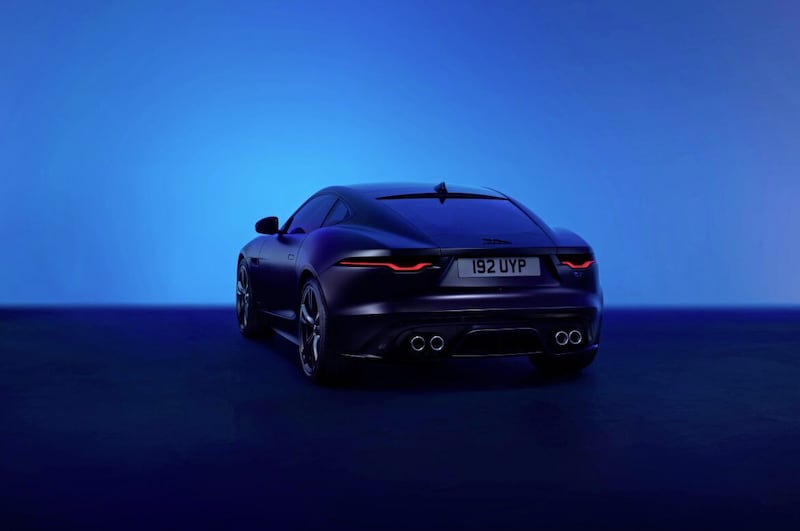
These are not cheap vehicles, though then again sports cars are always an indulgence. If you want your F-Type coupe-shaped, the 2.0-litre cars start at £62k, with a rear-wheel-drive 444bhp V8 costing £78k. Add another £5k for four-wheel-drive - money well spent in our climate, if you ask me - or push the boat out all the way to £103k for the full-fat 567bhp V8. Mercifully, it comes only with all-wheel-drive. Convertibles cost around £5k more than the respective coupe.
The F-Type is bowing out next year, which is also the 75th anniversary of Jaguar sports car production. The company aims to be a "pure electric modern luxury brand" from 2025, so the F-Type's days were numbered in any case.
The V8's are being offered in special edition '75' or, in the case of the 567bhp version, 'R 75' guises to mark the occasion. As is the way of these things, there are "unique interior and exterior design elements" and the "unique paint option of Giola Green metallic", so much 'uniqueness' is available.
"For 75 years Jaguar has been renowned for producing extraordinary sports cars that deliver performance, agility and maximum driver reward," says Matthew Beaven, Jaguar Land Rover chief designer.
"The F-Type special editions hold true to these principles, adding unique interior and exterior design details to celebrate this lineage before Jaguar becomes an all-electric brand from 2025."
A fitting swansong, perhaps, for the petrol-engined Jaguar sports car. But will there be an electric successor, or will the species as we know it become extinct?
